Festa Junina (June Festivals) is one of the most important festival in Brazil. There’s canjica (or mungunzá), paçoca, quentão, and many other treats that light up the celebration across the country.
Every Festa Junina has a bonfire, quadrilha dancing, and heaps of good food! This festival celebrates rural life and the country way of living. Many dishes consumed during this period originated from the traveling tropeiros, who carried not only food in their mule’s packs but also the culinary culture from one part of Brazil to another.
June is also corn harvest season, so cakes, mungunzás, curaus, and pamonhas take over the stalls scattered across the streets and squares of the cities. Vibrant and accompanied by accordion rhythms, these festivals honor Saint Anthony, Saint Peter, and Saint John, and are known for the abundance of seasonal treats.
It’s the time to warm up with a good quentão, enjoy canjica or mungunzá with plenty of peanuts, or take a big bite of a candied apple. Speaking of which, did you know that the candied apple – on a stick and coated in red syrup – originated in São Paulo? And that it used to be a popular Valentine’s Day gift?
Apparently, Saint Anthony, the saint most associated with matchmaking, also loves sweets. Because, definitely, who hasn’t fallen in love under the colorful bunting while biting into a delicious candied apple?
Understanding the Origins of Some Festa Junina Recipes
Paçoca
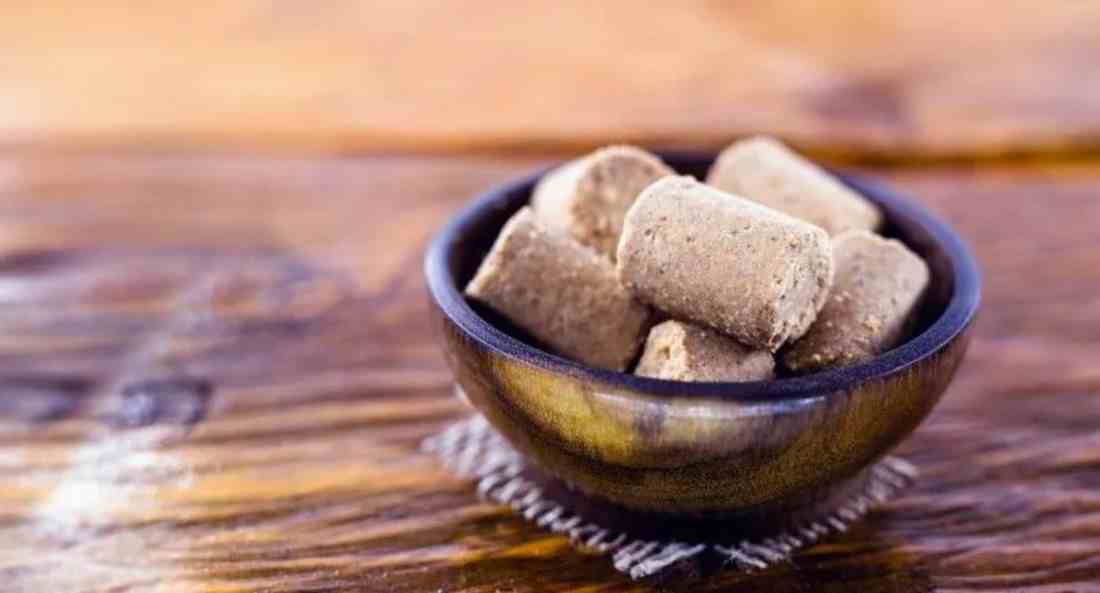
“Pa-soka,” from Tupi, means to crumble, to mash with hands. Hence our paçoca, an indigenous dish originally made with pounded flour and meat.
In the 17th century, with the movement of the entradas and bandeiras, which aimed to conquer the Brazilian hinterlands, indigenous people were enslaved to work in the gold mines. Thus, paçoca became a staple in the diet of the miners.
But it was the tropeiros who spread the recipe from one region to another. Quick to prepare and lightweight, paçoca was easy to transport, not adding to the load already carried by horses and mules.
Peanuts were only added to the recipe during the colonial period. Packaged conveniently and made from crushed ingredients, the industry named the sweet – made with sugar, peanuts, and salt – paçoca.
In the early decades, it was still called peanut candy. The word paçoca only came into use in the 1980s. This sweet treat, a king at Festa Junina, originates from the interior of São Paulo, which is responsible for about 80% of the national peanut production. Although it’s also sold in square shapes, the cylindrical paçoca is more popular among children and adults.
Pé de Moleque
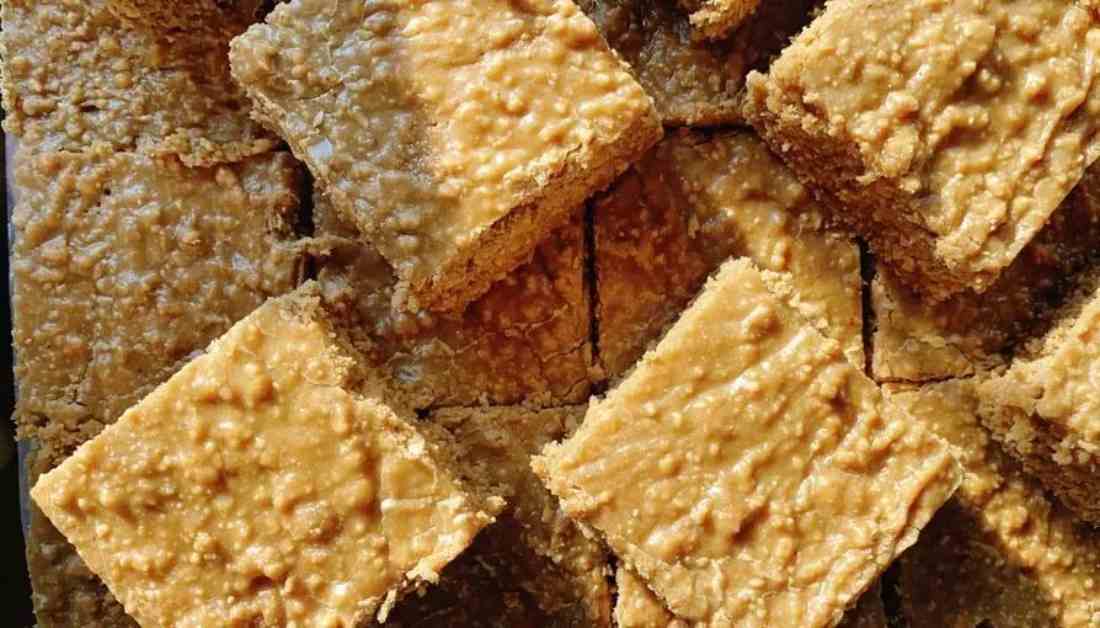
Among the genuinely Brazilian sweets like mãe-benta and cocada, there’s pé-de-moleque, made with brown sugar and cashew nuts in the Northeast and with peanuts in the rest of the country.
The singer Bidu Sayão (1902-1999) recounted that in the early 20th century, many street vendors sold sweets on trays in Rio de Janeiro. Boys especially liked the peanut concoction, but since they had no money, they would steal from the vendors who would scold them: “Ask, boy! Ask, boy!” Thus, the name.
Another theory comes from its appearance. To level the cobblestone pavement, enslaved Africans would spread sand mixed with earth. The boys would then step between the stones, compacting the soil. This type of paving was called pé-de-moleque. Since the sweet resembles this colonial Brazilian pavement, it got the same name.
The recipe dates back to the mid-16th century with the arrival of sugarcane in Brazil. The secret of the treat is in breaking the syrup, which crystallizes and hardens the sweet. Hence, it was originally known as quebra-queixo or quebra-dentes.
Over the years, confectioners perfected it to achieve the right texture, neither too hard nor too soft. Piranguinho, a town in southern Minas Gerais, is known for its artisanal production of the sweet. During the Pé de Moleque Festival, local producers made the world’s largest, weighing 407 kilograms and measuring 27 meters long.
Candied Apple
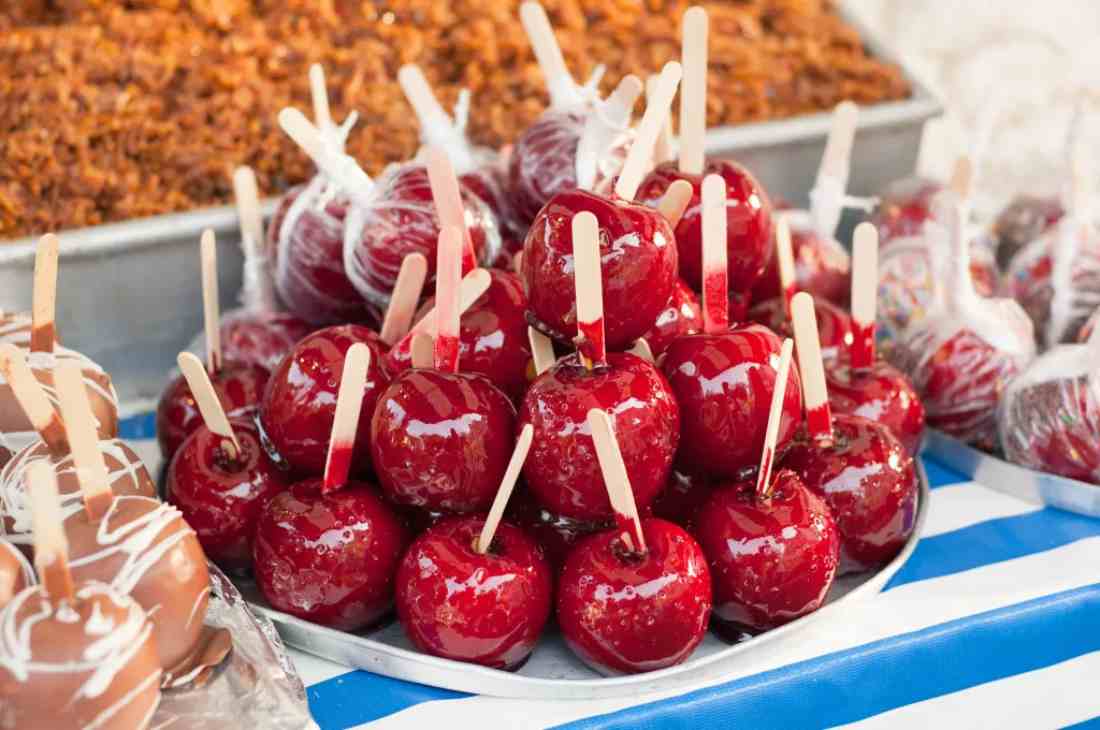
The candied apple originated in São Paulo. Catalan José Maria Farre Angles arrived in Brazil in 1954, and to support his family, he invented the sweet the following year. It was patented in 1959.
His inspiration came from Chinese caramelized fruits known as tanghulu, like grapes and pineapple. Angles didn’t hesitate to choose apples, a well-known fruit in Brazil, to start his business.
The apples were then covered with a crystallized red syrup and sold at squares, fairs, and Festa Junina events. They became a popular Valentine’s Day gift on June 12th.
In 1960, Angles named his creation “maçã do amor” (candied apple), referencing the fruit that led to Adam and Eve’s expulsion from Paradise. Some books, however, record that the American William W. Kolb produced the first candy apple in 1908.
Since then, they have become common at fall festivals in the Northern Hemisphere, like Halloween, following the annual apple harvest. But unlike the Brazilian version, they are not sold on sticks and do not have red syrup.
Quentão

Celebrated in the middle of winter (June is winter in Brazil), Festa Junina calls for hot food – and drinks. Legend has it that this is how quentão came to be. There is no consensus on its origin; some believe it was in Minas Gerais, others in the interior of São Paulo. But it was in the countryside – and this is indisputable – that people decided to add spices to cachaça to warm up during the celebrations of the June saints.
It became the official drink of Festa Junina throughout Brazil. Depending on the region, recipes vary. In the Southeast and Northeast, quentão is made with cachaça, thanks to the large sugarcane production.
In the South, cachaça is replaced by wine, which often includes fruits like diced apples. Oranges and lemons can also be added to the mixture as the drink simmers.
The most traditional recipe includes cachaça, water, sugar, ginger, cloves, and cinnamon. According to folklorist Amadeu Amaral in his book “O Dialeto Caipira,” quentão is a word of rural origin.
Canjica or Mungunzá
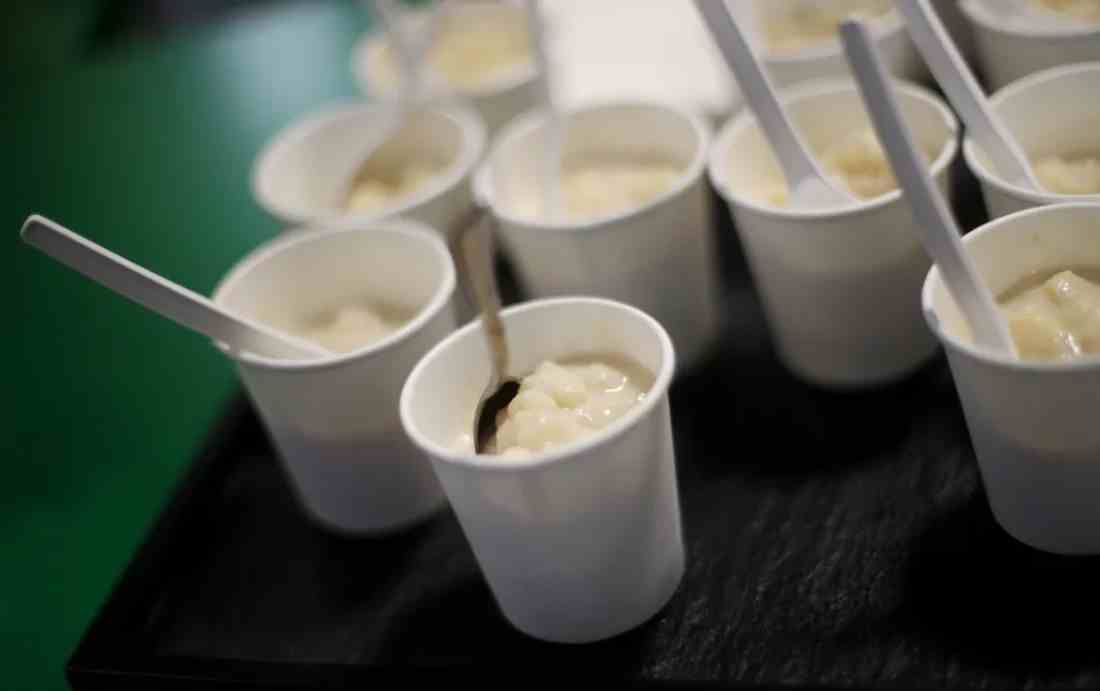
Corá, jimbelê, curau, and mungunzá are other terms for one of the classic Festa Junina foods made from white corn cooked with milk and sugar.
Many stories surround the origin of the dish, some say it comes from the Tupinambás, others from Africa, or even from India. The most plausible is that it is an Afro-Brazilian delicacy.
Mungunzá is very similar to Cape Verde’s cachupa, a savory dish of corn cooked with beans and meat or fish. Mu’Kunza, in the African Kimbundo dialect, translates to cooked corn in Portuguese.
In Brazil, African culinary knowledge incorporated Brazilian ingredients like coconut milk and Indian spices (cloves and cinnamon) widely used in Portuguese confectionery. Over the years, the recipes evolved to include condensed milk, grated coconut, and peanuts.
Some even use paçoca to make the cream even tastier. In the North and Northeast, it is called mungunzá. In the rest of the country, it is known as canjica.
Also read: June Festivals: Learn About the Catholic Saints Celebrated in June in Brazil

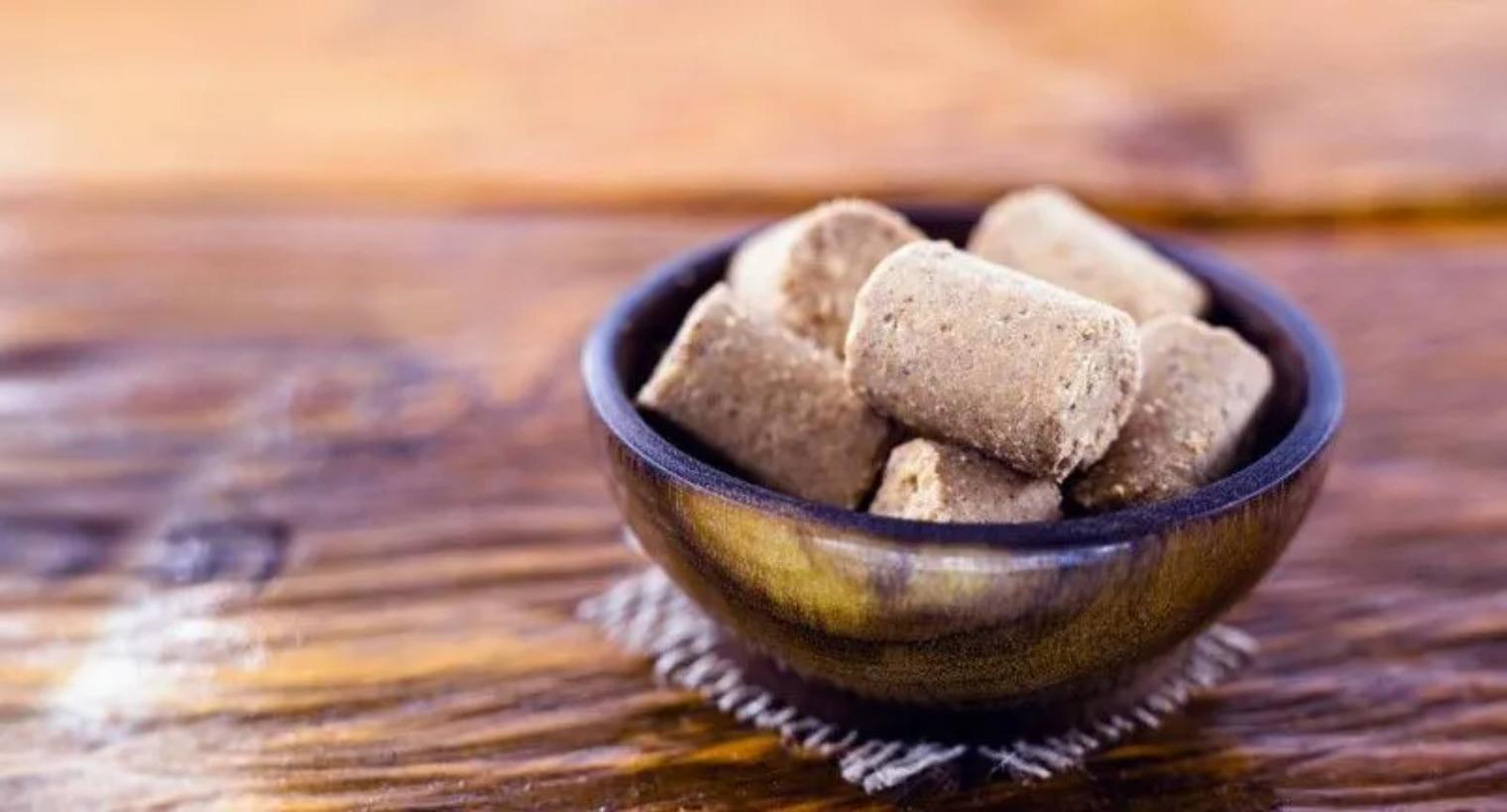





Leave a Reply Cancel reply